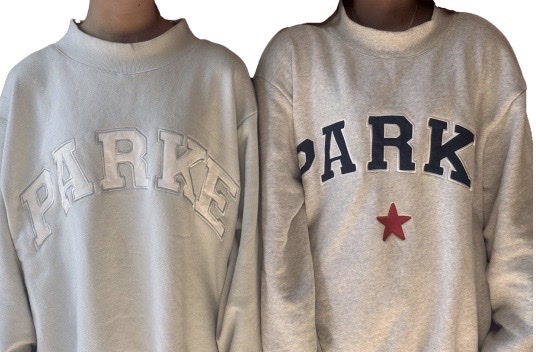Frozen Pizza or a Healthy Lunch?
Elementary school was full of lunch plate diagrams, representing what a kid’s lunch should look like, but has that changed? What should a student’s lunch look like now as a teenager?
Health coach Marta Fenu found it hard to come up with one answer to what a student’s lunch should look like.
“Everyone’s dietary needs depend on the person, how active they are, and what sports they do. There is no universal amount of food that will work for everyone,” Fenu said.
The generalization of any student was too broad so she took the description of an average East student. That being, an individual who goes through school and then has practice or some sort of activity after school that requires energy.
“Assuming most of you have sports after school, I would say 1/2 of the plate fruits and veggies, 1/4 of the plate a protein source which could be meat, eggs, tofu cheese fish, and 1/4 whole grains or pasta, anything filling and full of fiber.”
Katie Rietkerk, a former health teacher, had similar thoughts.
“For lunches, a lot of our students have sports after school and since carbs are supposed to be 50% of your diet I would say 1/2 to maybe 1/3 of your plate should be a healthy carb-based,” Rietkerk said. “This could be “brown rice, whole wheat bread, whole-wheat pasta. And then I think as much as possible the rest should be fruits and vegetables and then if you can mix a protein in there it’s even better,” Reitkerk said.
According to the Healthy Food Guide, 1/2 of the plate should be non-starchy vegetables, 1/4 should be carbohydrates, and the other fourth should be protein.
If students had a carbohydrate-based lunch they would have more energy to keep them going through the last two to three hours of school and whatever their after-school activity may be.
Aside from the contents of lunch and how healthy it is, the way a lunch makes you feel is also an important factor.
“I think [a student’s lunch] should look like something that fuels your body, allows your brain to have appropriate development, gives you energy without making you tired the rest of the day, and makes you feel good,” Rietkerk said.
“After a meal, you shouldn’t feel sluggish or wanting to nap, you should feel like you are satisfied but not craving for more and not loaded. For me it should also make you feel like you have nourished yourself, eaten something that you’ve liked, and that you’ve treated yourself and your body well. Variety is key to any diet, I think that is the most important thing.” Rietkerk said.
This article appeared in the February edition of The East Vision.






